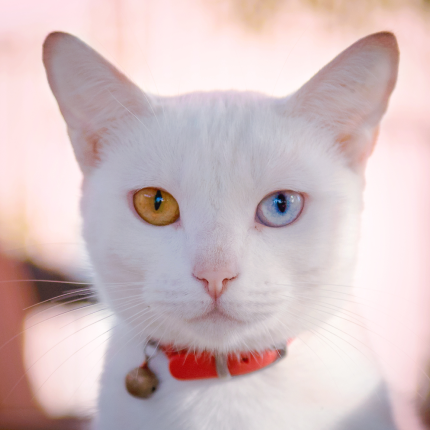The Science Behind Cats’ Love for Tuna

Why do cats harbor an insatiable fondness for tuna? A recent study may have finally illuminated this culinary curiosity, shedding light on the intricate taste preferences of our feline companions. Published in Chemical Senses, this research unveils the intricate workings of cat taste buds and their profound affinity for umami, the rich flavor inherent in various meats.
Umami, one of the five fundamental tastes alongside sweet, sour, salty, and bitter, is the savory essence that resonates profoundly with obligate carnivores like cats. In 1908, K. Ikeda discovered this important taste modality, now one of the five basic taste sensations responsible for a savory and meaty taste. The study’s findings, however, delve deeper. Scientists discovered that cat taste receptors are distinctly attuned to molecules abundant in tuna, elucidating the enigma behind their strong inclination towards the fish.
The implications of this study are far-reaching. As researchers delve into the intricacies of feline taste preferences, pet food companies could leverage this newfound knowledge to formulate more nourishing diets and appealing medications for our beloved pets. Researchers unaffiliated with the study emphasize these findings’ significance in potentially revolutionizing our furry companions’ well-being.
Cats possess a unique palate. Their inability to taste sugar, attributed to the absence of a crucial protein for sugar detection, underscores their carnivorous nature. Scientists suggest that evolutionary principles could be at play here. “If you don’t use it, you lose it.” Furthermore, cats possess fewer bitter taste receptors.
Delving deeper, the foundation of feline taste revolves around the delectable flavors of meat. While humans and many other animals possess the Tas1r1 and Tas1r3 genes that combine to form receptors detecting umami, the mystery lay in whether cats held this critical receptor.
In pursuit of this answer, Chemical Senses conducted a biopsy on the tongue of a 6-year-old male cat. Having passed away due to unrelated health reasons, this cat unknowingly became the subject of a groundbreaking discovery. Genetic sequencing revealed that this feline bore both the Tas1r1 and Tas1r3 genes, determining whether or not umami is detected.
This breakthrough in understanding the feline taste palette underscores the intricate connections between genetics, evolution, and dietary preferences. The revelation that cats possess the genetic toolkit to savor umami-rich flavors, especially those found in tuna, provides a scientific foundation for their affinity for meaty delicacies.
Based on these results, we can gain insight into the fascinating sensory world of the domestic cat, including the fact that nucleotides are agonists of the cat umami receptor and that l-amino acids amplify the cat umami response.

Featured Articles

Greebles and Cats: The Origin and the Meaning
You may have seen an internet sensation concerning cats labeled “greebles.” Feel out of the loop? We’re here to help you. In 2019, Reddit user /user/literallyatree commented on a Reddit post about a cat that looks like it’s trying to slap a ghost. This user commented: “My family calls things…

Polydactyl Cats: Just More Beans to Love
Polydactyl cats have become extremely popular in recent times. As a result, more and more people are interested in learning more about this six-toed cat and want to get one of their own. If you are a cat lover intrigued by polydactyl cats, you have come to the right place….

The Odd-Eyed Cat (AKA Heterochromia)
Cats are already beautiful and fascinating creatures, but people are bound to take notice when they have something as captivating as two different colored eyes. Odd-eyed cats always have one blue eye paired with either a green, yellow, or brown eye. This form of heterochromia occurs in other animals, including…
